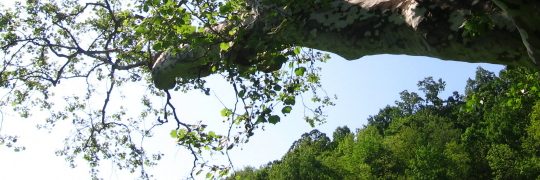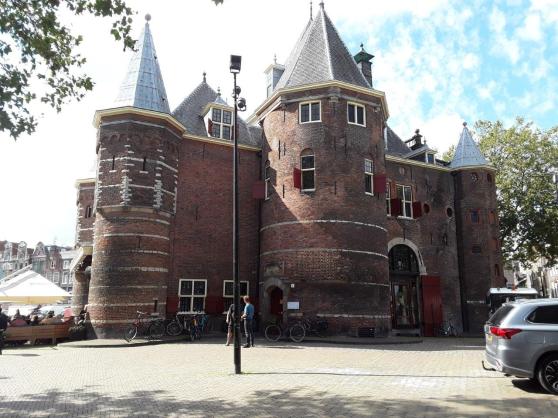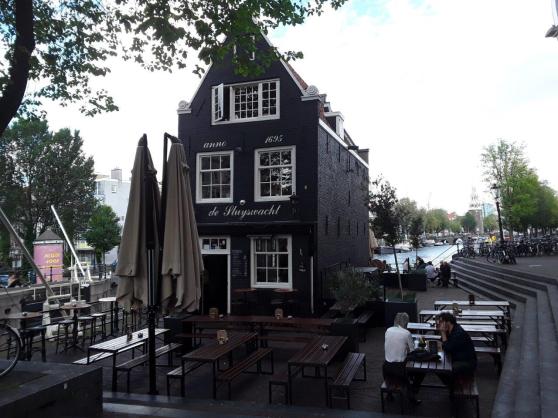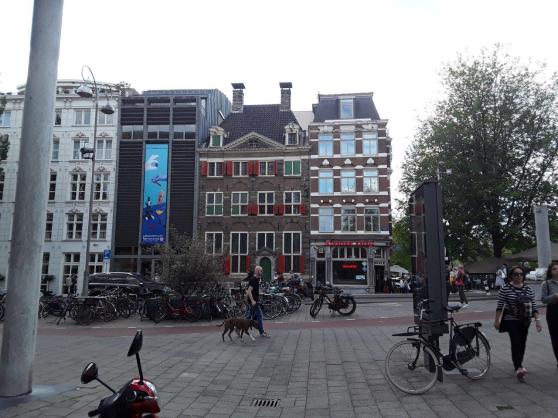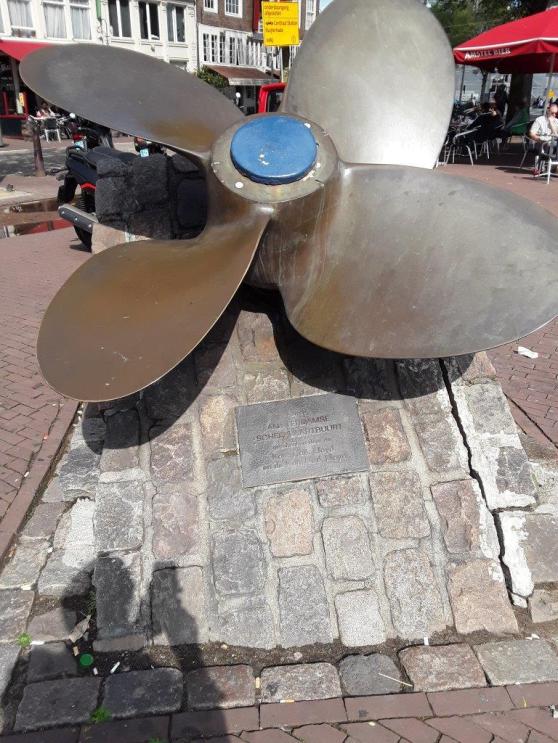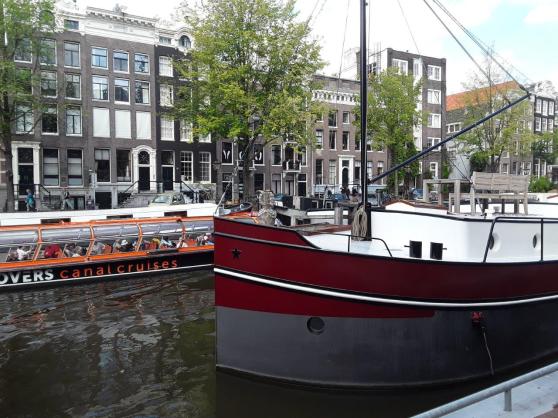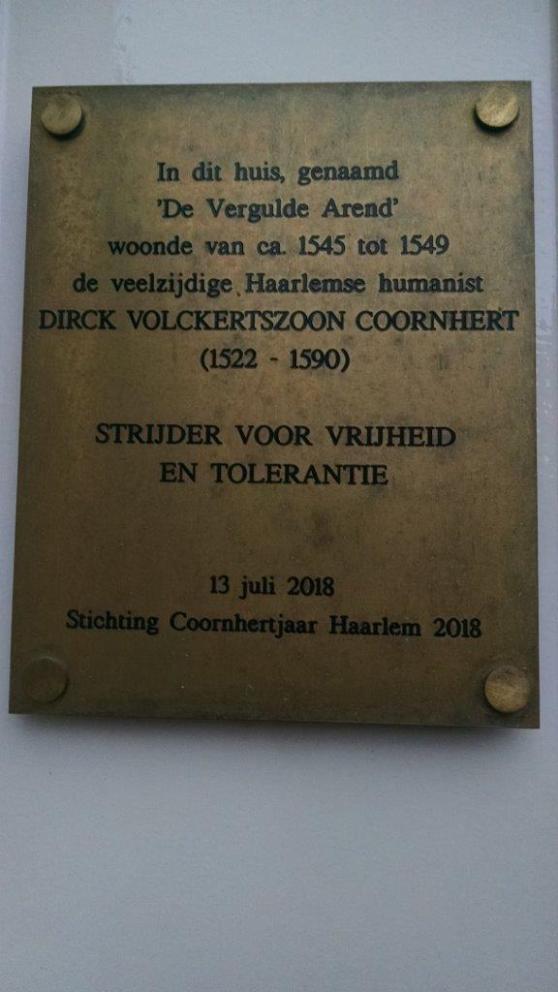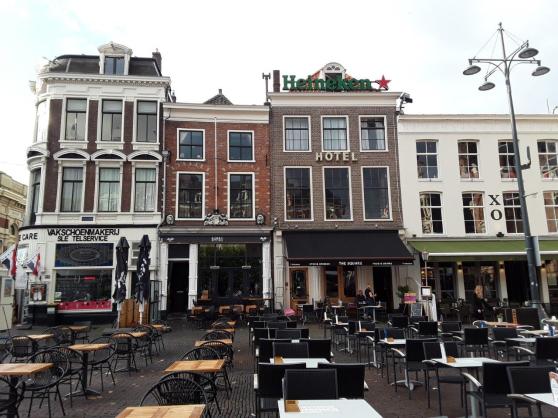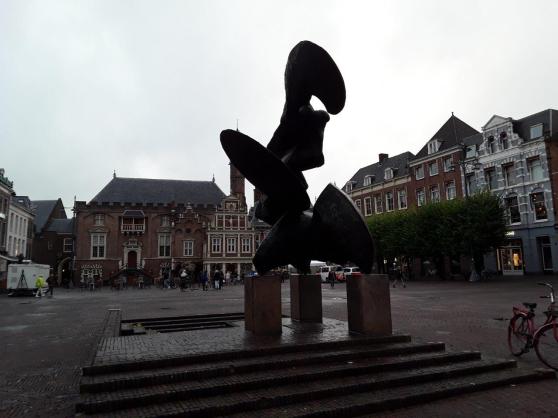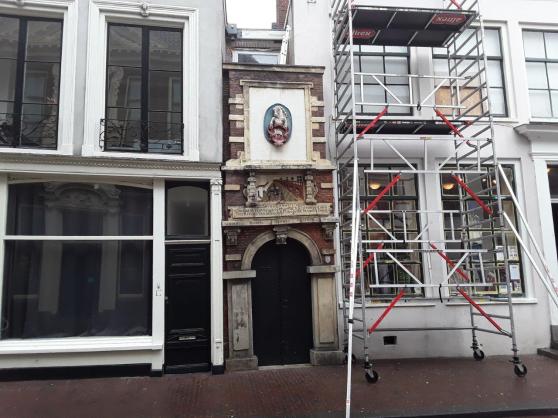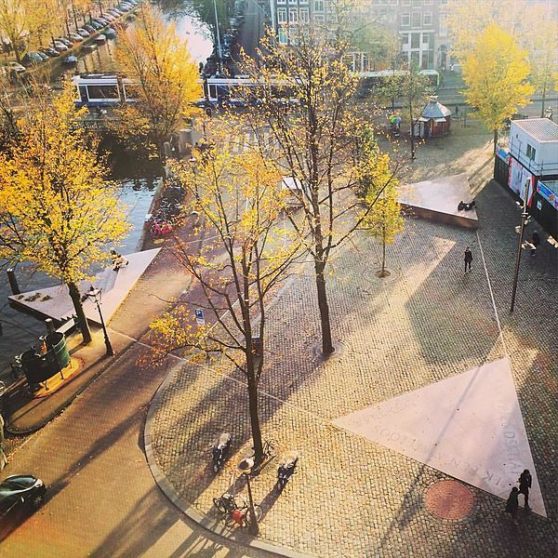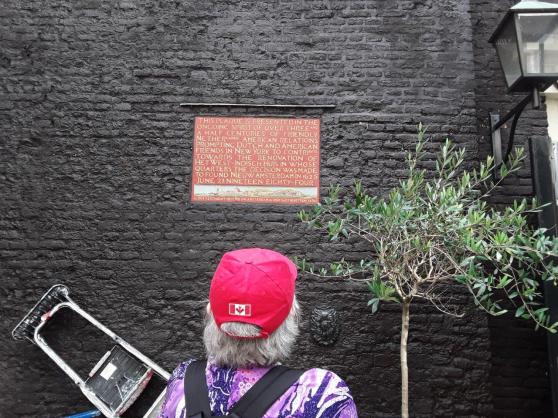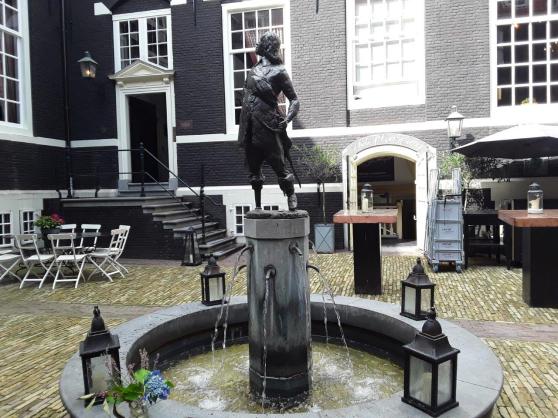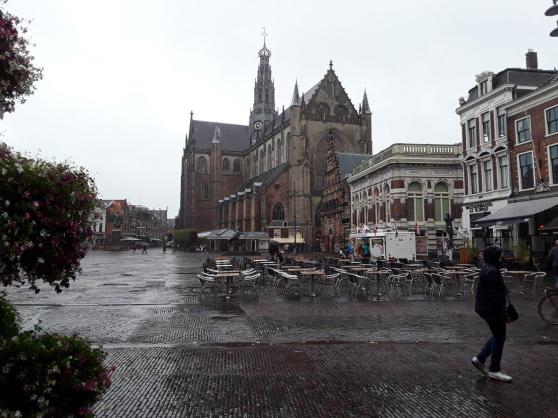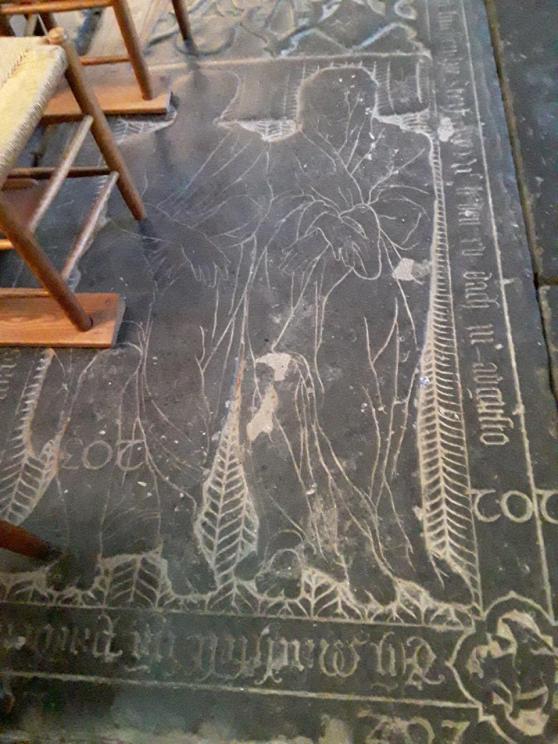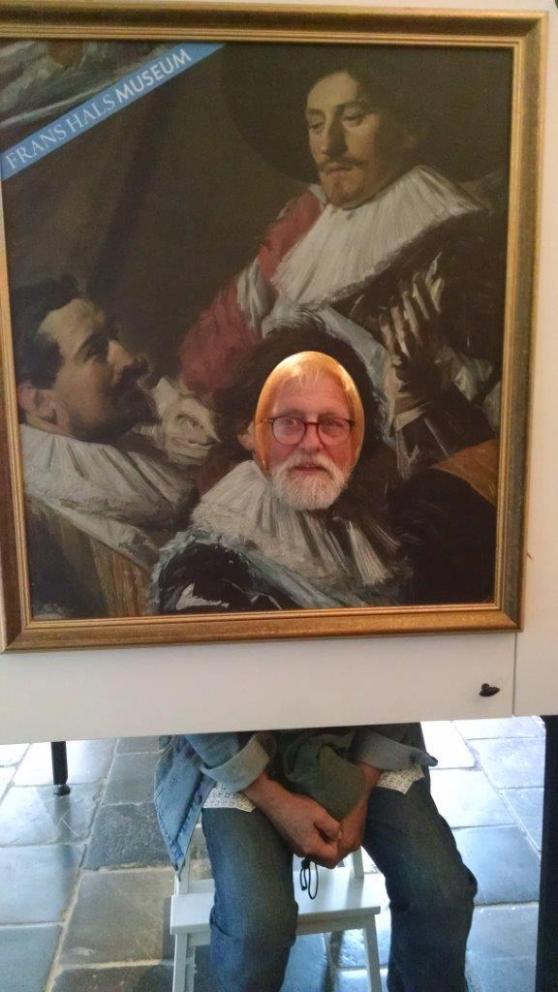Meppel by way of Zwolle: Day 3
We all took the train to Amsterdam, where we left Arend, who was spending the weekend with his friends — more interesting for him than “looking at Judy’s ancestral lands” as he had put it.
We had a scenic train ride to Zwolle, where we were picking up a car so we could explore outside town from Meppel, and then three towns where I had ancestors over the German border, on the way to Venlo.
It looked like the walk from the train station in Zwolle was a pleasant walk along canals. As it turned out, we missed a turn at the beginning, where there was construction around the station, and it was a bit of a slog.

You can still see on the map today that Zwolle was a classic star-shaped fort, and surrounded by a moat fed by the surrounding rivers. It was a member of the Hanseatic League.
We got the car almost instantly, but none of us had had a hybrid, and figuring out the controls took a bit.
Meppel is about a twenty-minute drive.

This was our first hotel with self-checkin. We had key-pad codes, which let us in the front door and the room doors.
We set out to explore the town and have some lunch, which we found at De Brasserie (and Huberts IJs – ice cream – we didn’t have any) near the church and market. I had a Hawaiian tosti, which I remembered fondly from our visit to Amsterdam on our 1999 Europe trip – what we would call a grilled cheese, with ham and pineapple. And cassis, a Fanta flavor you don’t see in the US. We sat outside, another pleasure common in Europe, not so here.
Here is the hobo dragon atop the world in front of our hotel.

After lunch, we wandered about the town center, getting lost, finding a bookshop with a tourist information center for maps, and finally visiting the public library, which was quite near our hotel.
We had dinner near the library, at a restaurant which was clearly a place for local gatherings and nights out, Proeflokaal Bregje Meppel, where we had Brand porter. They’ve been brewing since 1340. This picture’s for you, cousin Mark.

